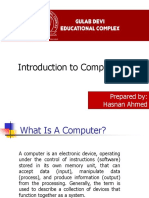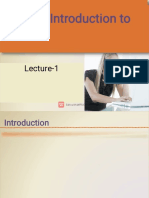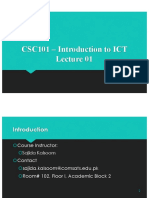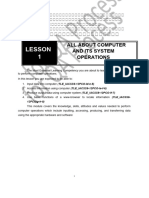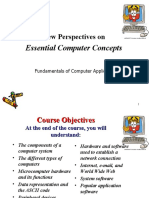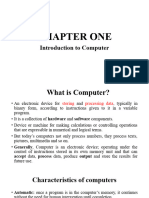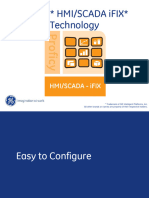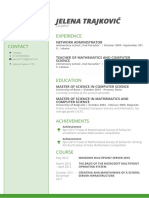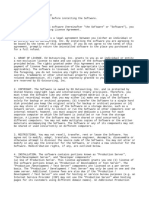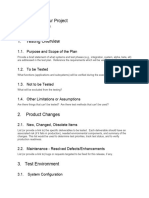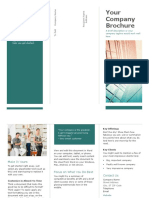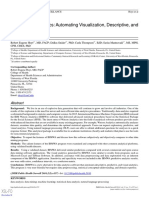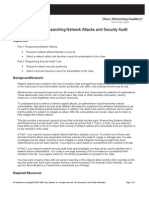0% found this document useful (0 votes)
7 views36 pagesIntroduction Chapter 1-2
The document provides an introduction to computers, detailing their definition, parts, and the information processing cycle. It covers essential hardware components, software types, and the classification of computers based on purpose, operation, and functionality. Additionally, it discusses networks, the Internet, and the World Wide Web, highlighting their importance and uses.
Uploaded by
teshomedisasa2Copyright
© © All Rights Reserved
We take content rights seriously. If you suspect this is your content, claim it here.
Available Formats
Download as PDF, TXT or read online on Scribd
0% found this document useful (0 votes)
7 views36 pagesIntroduction Chapter 1-2
The document provides an introduction to computers, detailing their definition, parts, and the information processing cycle. It covers essential hardware components, software types, and the classification of computers based on purpose, operation, and functionality. Additionally, it discusses networks, the Internet, and the World Wide Web, highlighting their importance and uses.
Uploaded by
teshomedisasa2Copyright
© © All Rights Reserved
We take content rights seriously. If you suspect this is your content, claim it here.
Available Formats
Download as PDF, TXT or read online on Scribd
/ 36










